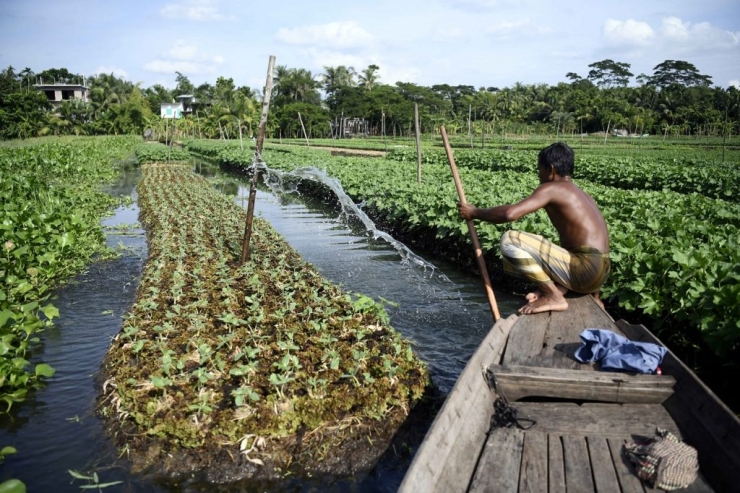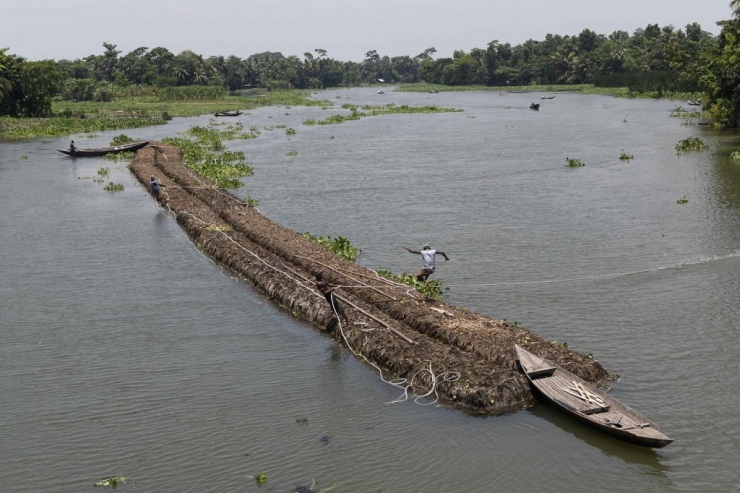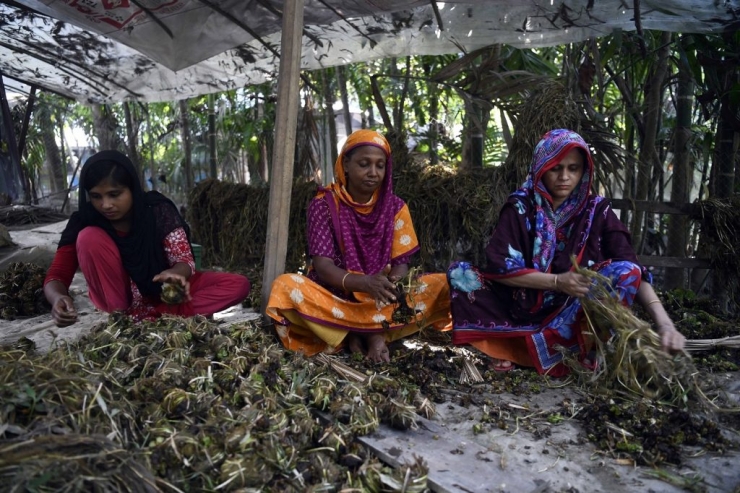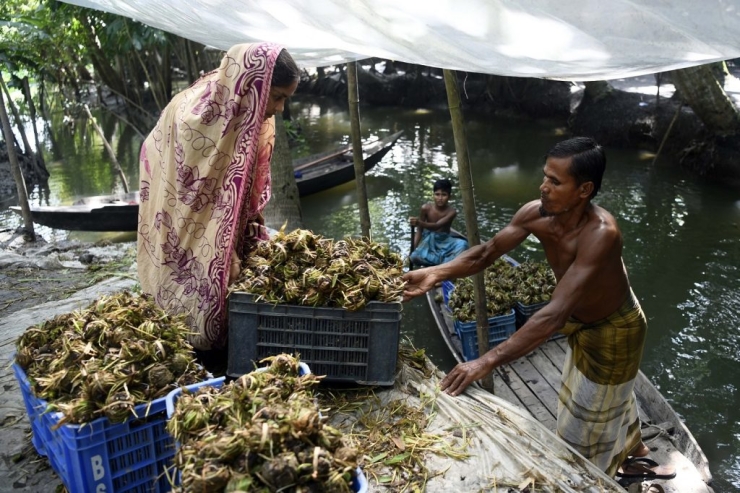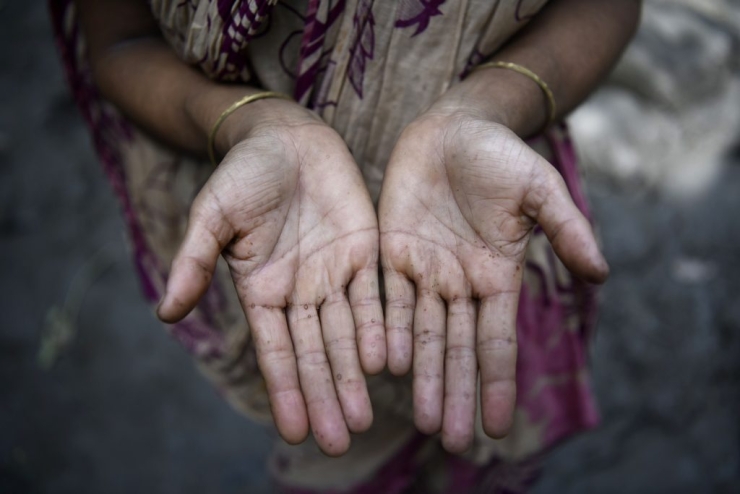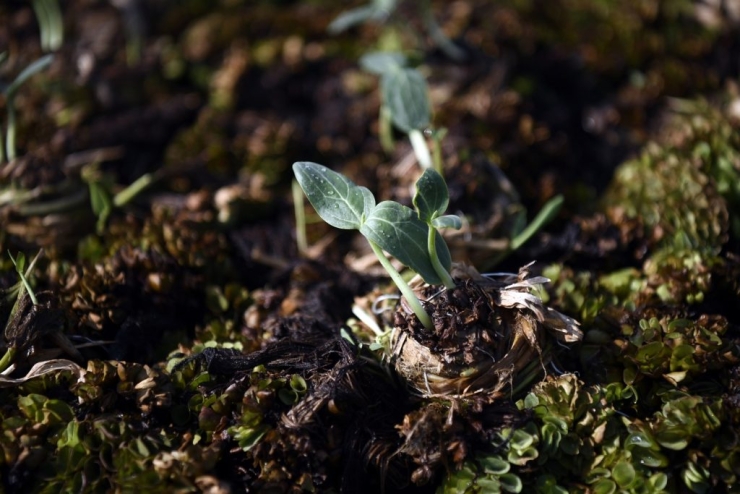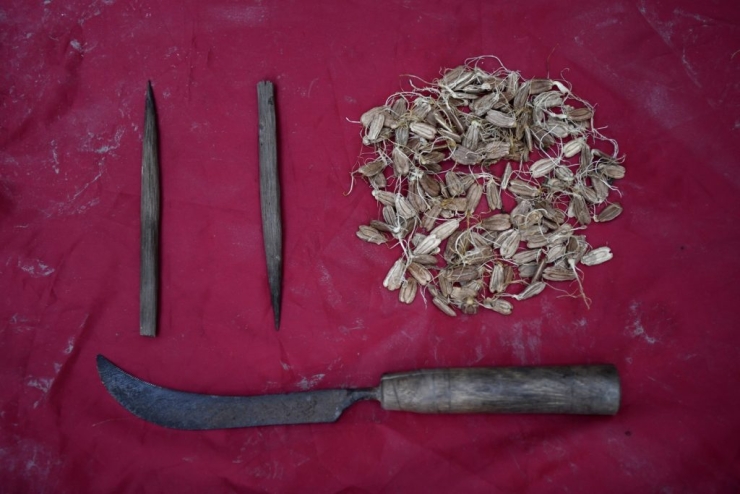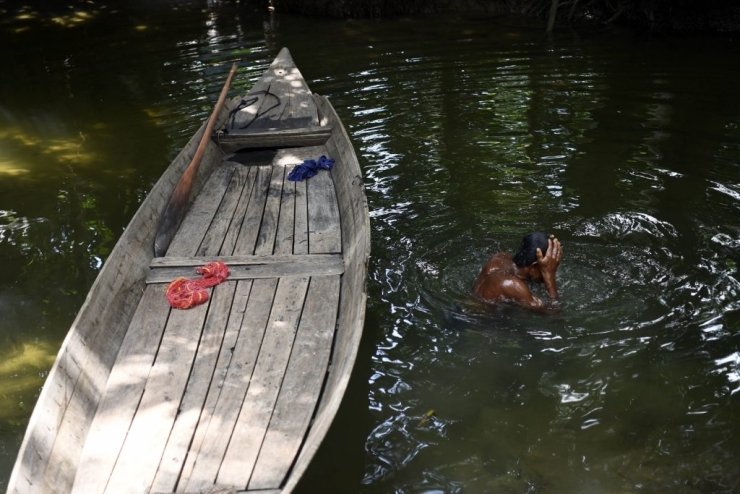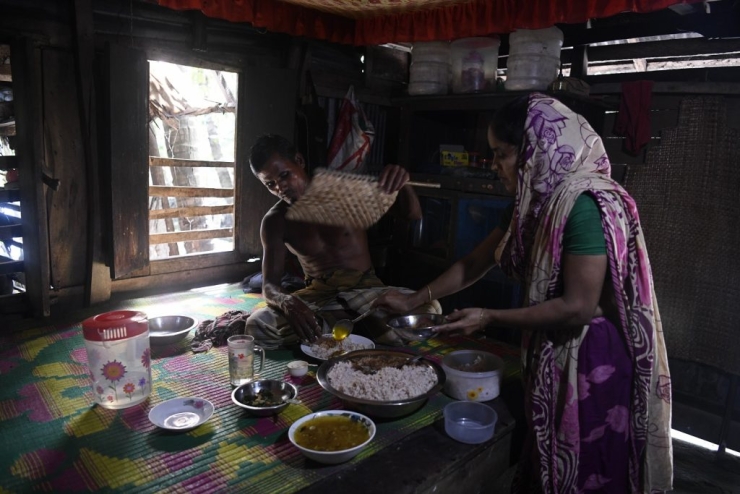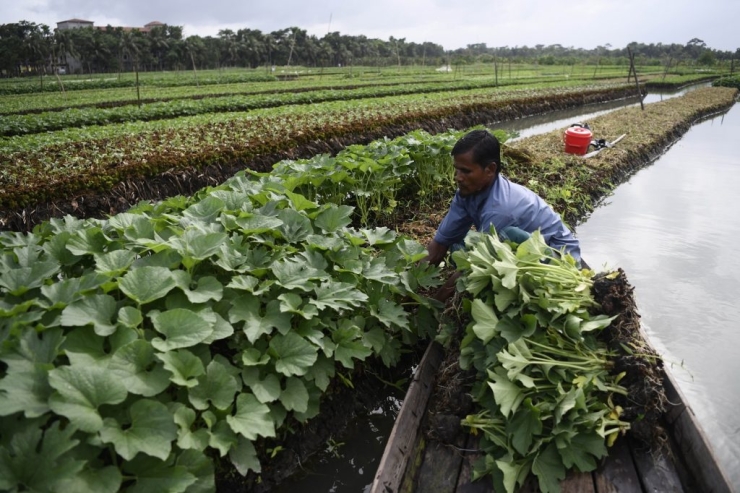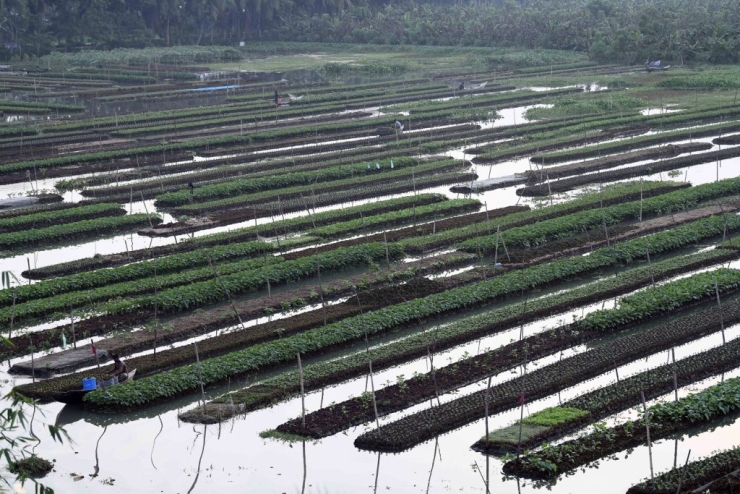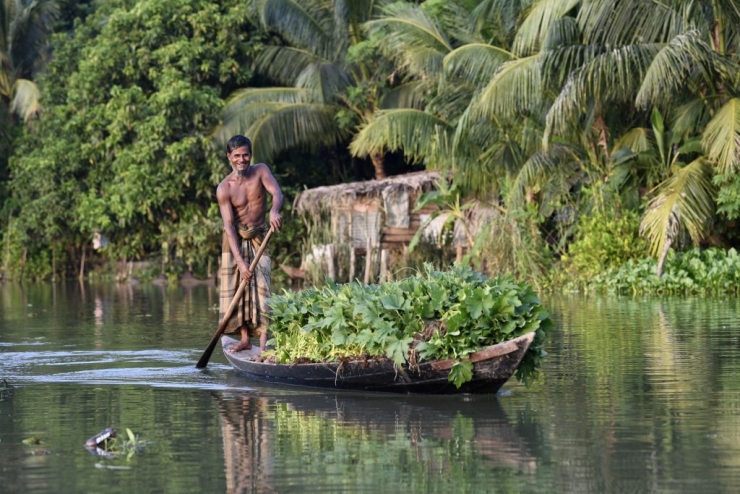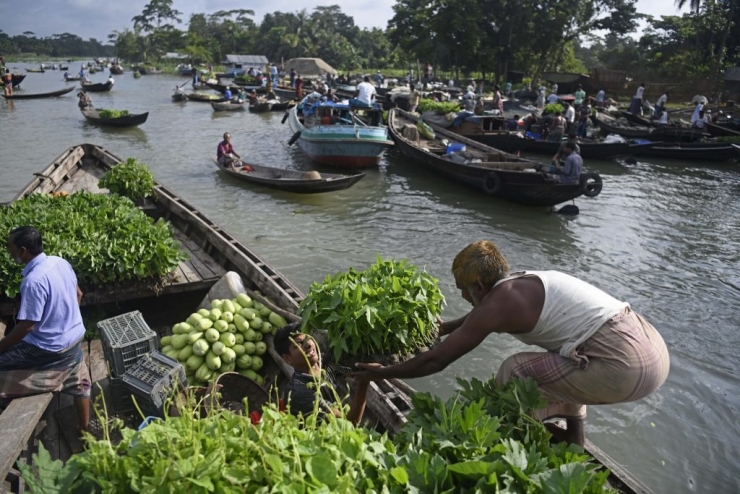In the marshy region of Nazirpur Upazila, Pirojpur district, prolonged waterlogging has made traditional farming challenging for families. In response, they’ve turned to an age-old method of cultivating crops on floating rafts, passed down from their ancestors. A method that was invented 200 years ago.
Farmers in this area have achieved remarkable success in seed production and growing agricultural products using this local technology in lands that are otherwise submerged underwater. This unique approach to cultivating crops and vegetables on water has been gaining popularity gradually.
In recent years, this innovative farming method has become a symbol of success for a densely populated country, where millions of people live below the poverty line. In 2015, the Food and Agriculture Organization of the United Nations (FAO) recognized floating vegetable farming as a globally important agricultural heritage system.
Bangladesh, being one of the most vulnerable countries to the impacts of climate change, faces rising water levels due to storms, floods, and river erosion. With increasingly unpredictable monsoons, floating agriculture has gained even more importance.
This agro-technique proves invaluable in combating food shortages caused by climate change. As the world’s largest delta with significant wetlands, Bangladesh’s adoption of this cultivation method not only helps in adapting to climate change but also mitigates its effects, such as rising sea levels.
